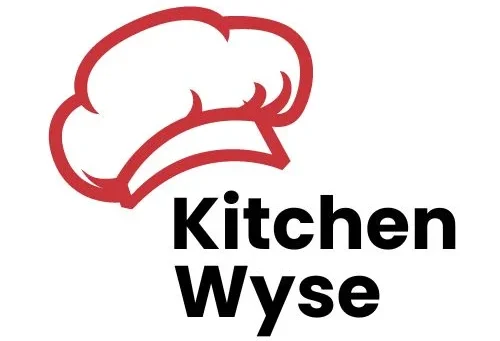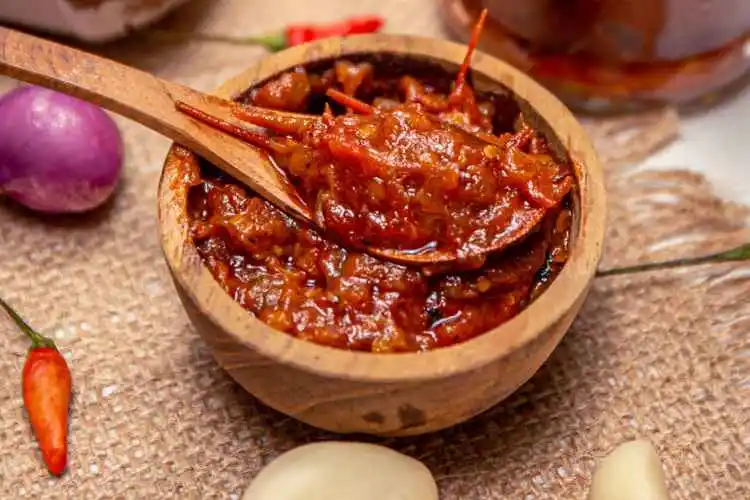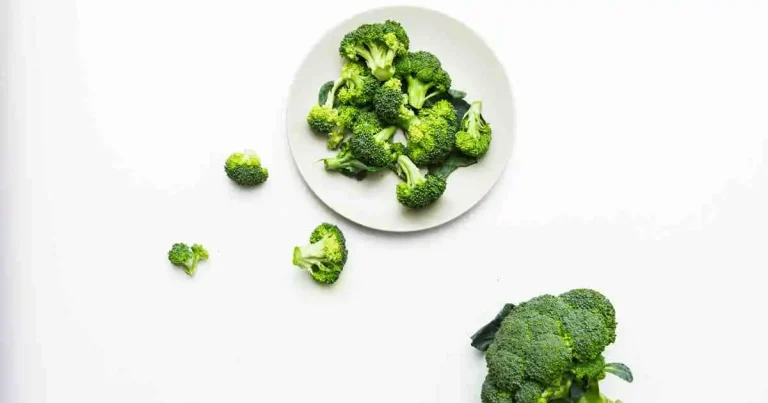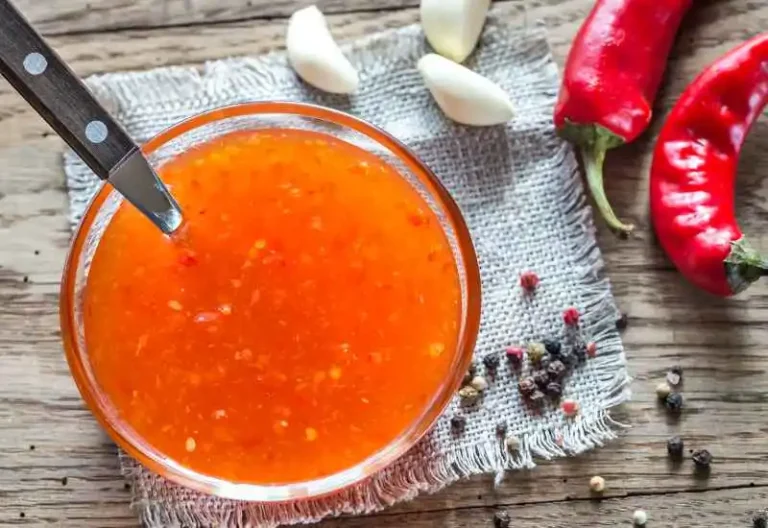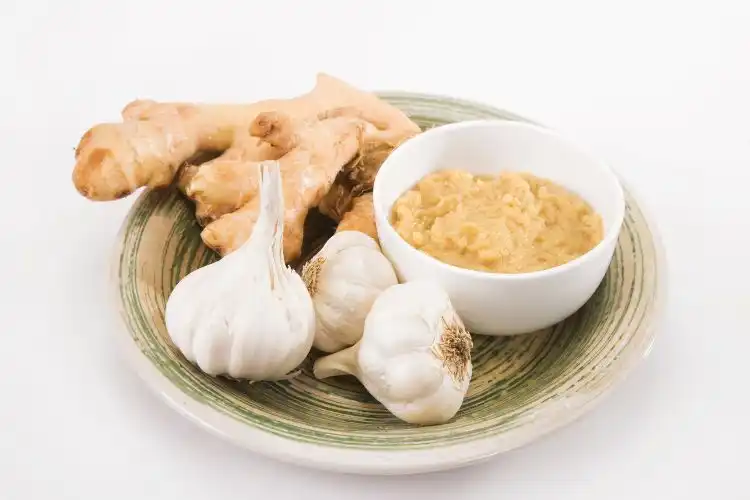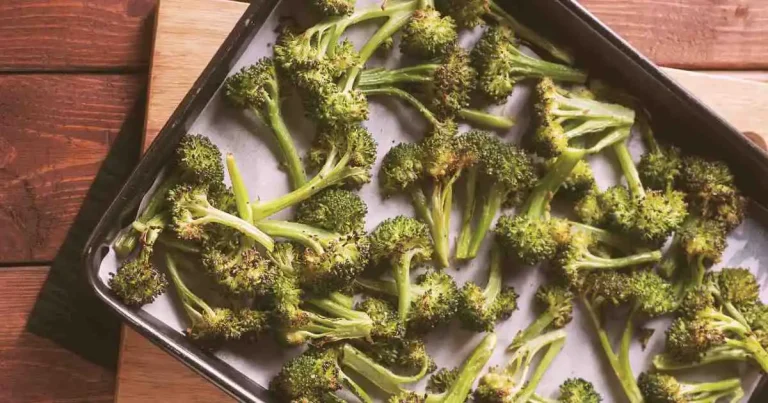How to Know If Ginger Garlic Paste Is Bad
Are you tired of discovering that your ginger garlic paste has gone bad right in the middle of cooking? Nothing ruins a meal faster than spoiled ingredients.
Taste the ginger garlic paste for any off-flavors to see if it has spoiled. Also, the spoiled ginger garlic paste may exhibit changes in color, texture, or odor. Check for signs of mold growth or discoloration. Trust your senses; if it tastes or smells rancid, discard it promptly.
In this ultimate guide, we will cover how to spot signs of spoiled ginger garlic paste so you can avoid any culinary disasters. From its pungent aroma to its vibrant color, ginger garlic paste is a pantry staple that adds a burst of flavor to countless dishes.
But when it spoils, it can develop an unpleasant smell and taste, putting a damper on your culinary creations. By learning how to identify the signs of spoiled ginger garlic paste, you can save yourself the hassle of wasting time and ingredients by using a product that isn’t up to par.
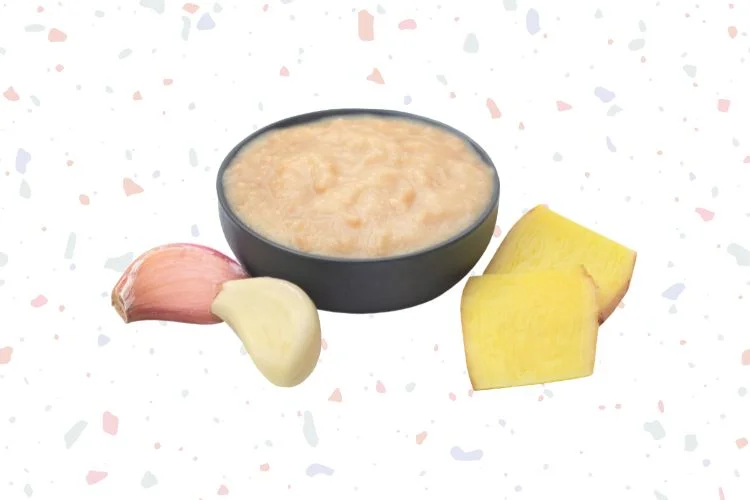
What Causes Ginger Garlic Paste to Spoil?
Ginger garlic paste can spoil due to various factors. Contamination from water during preparation can introduce bacteria and fungi, accelerating spoilage.
Lack of natural preservatives like salt, oil, and vinegar can also contribute to degradation. Improper storage in warm or humid conditions fosters microbial growth.
Additionally, using low-quality or sprouted ginger and garlic can hasten spoilage. It’s crucial to handle, prepare, and store ginger garlic paste carefully to maintain its freshness and prevent spoilage.
Signs of Spoiled Ginger Garlic Paste
Signs of Spoiled Ginger Garlic Paste:
- Off-Flavors and Odors: Spoiled ginger garlic paste may develop unpleasant smells and flavors, indicating microbial activity and degradation of ingredients.
- Changes in Texture: Spoiled paste can exhibit alterations in texture, becoming slimy, gritty, or separating into layers, which signals deterioration.
- Discoloration: Noticeable changes in color, such as darkening or the appearance of mold spots, suggest spoilage and potential health risks.
- Presence of Mold: Visible mold growth on the surface of ginger garlic paste indicates contamination and renders it unsafe for consumption.
- Unusual Consistency: Spoiled paste may feel excessively watery or dry, deviating from its usual consistency, which can be a sign of microbial activity.
- Fizzing or Bubbling: When ginger garlic paste reacts unusually, such as fizzing or bubbling upon opening, it indicates microbial fermentation and spoilage.
- Foul Smell Upon Opening: A strong, foul odor emanating from the container upon opening is a clear indicator of spoilage and bacterial growth.
- Expiry Date: Ginger garlic paste past its expiration date is likely spoiled and should be discarded to avoid potential health risks.
Importance of Checking for Spoilage Before Use
Making sure ginger garlic paste is free from spoilage before use is paramount for several reasons.
- Firstly, spoiled paste poses health risks due to microbial contamination, potentially causing foodborne illnesses.
- Secondly, consuming spoiled paste compromises the taste and aroma of dishes, diminishing culinary enjoyment.
- Additionally, avoiding spoiled paste prevents the wastage of ingredients and resources.
Regular inspection for spoilage maintains food safety standards and upholds the integrity of culinary preparations, enhancing the overall dining experience.
How to Store Ginger Garlic Paste Properly
Storing ginger garlic paste properly is essential to maintain its freshness and quality:
- Airtight Container: Transfer the paste to a clean, dry, and airtight container to prevent exposure to air and moisture.
- Refrigeration: Store the container in the refrigerator at temperatures below 40°F (4°C) to slow down bacterial growth and preserve the paste.
- Freezing Option: Alternatively, portion the paste into smaller quantities and freeze them in ice cube trays or ziplock bags for longer storage periods, up to 6 months.
- Use of Preservatives: Incorporate natural preservatives like salt, oil, and vinegar during preparation to inhibit microbial growth and extend shelf life.
- Hygiene: Ensure hands, utensils, and containers are clean and dry before handling and storing the paste to prevent contamination.
Tips for Extending the Shelf Life of Ginger Garlic Paste
To extend the shelf life of ginger garlic paste, consider the following tips:
- Use Fresh Ingredients: Start with fresh, high-quality ginger and garlic to ensure optimal flavor and longevity.
- Proper Blending: Finely chop ginger and garlic before blending to reduce air and moisture content, which can hasten spoilage.
- Add Natural Preservatives: Incorporate natural preservatives such as salt, oil, and vinegar during preparation to inhibit microbial growth and oxidation.
- Storage in Airtight Containers: Transfer the paste into clean, dry, airtight containers to minimize exposure to air and moisture, which can lead to spoilage.
- Refrigeration: Store the container in the refrigerator at temperatures below 40°F (4°C) to slow down microbial activity and preserve freshness.
- Freezing Option: Divide the paste into smaller portions and freeze them in ice cube trays or ziplock bags for extended storage, up to 6 months.
- Labeling and Date: Label the container with the date of preparation to track its freshness and ensure timely consumption.
How to Spot Signs of Spoilage in Ginger Garlic Paste
Spotting signs of spoilage in ginger garlic paste is crucial for ensuring food safety:
Spoiled paste may emit a foul or off-putting odor, indicating microbial activity and degradation. Detect changes in texture such as sliminess or separation, which suggest spoilage and microbial growth.
Notice any darkening or appearance of mold spots, signaling contamination and potential health risks. Visible mold growth on the surface of the paste indicates microbial contamination and renders it unsafe for consumption.
Spoiled paste may feel excessively watery or dry, deviating from its usual texture, indicating spoilage. When the paste reacts unusually, such as fizzing or bubbling upon opening, it suggests microbial fermentation and spoilage.
Finally, check the expiration date and discard paste past its prime to avoid consuming spoiled food.
What to Do If You Suspect Your Ginger Garlic Paste Is Spoiled
If you suspect your ginger garlic paste is spoiled, take immediate action to ensure food safety. Check for signs of spoilage such as unusual odor, texture changes, discoloration, or mold growth.
If the paste emits a foul smell, has an off-putting texture, or displays visible signs of mold, discard it promptly. Avoid tasting or using the paste if there are any doubts about its freshness or safety.
Seal the spoiled paste in airtight bags and dispose of it in the trash to prevent contamination. Clean the container and surrounding area thoroughly to remove any traces of spoiled paste and prevent cross-contamination.
Take steps to store ginger garlic paste properly, use fresh ingredients, and maintain hygiene during preparation to minimize the risk of spoilage in the future.
Alternatives to Using Spoiled Ginger Garlic Paste
If your ginger garlic paste has spoiled, you can use some alternatives to replace it in your recipes. According to the web search results, some of the possible alternatives are:
Ginger Paste and Garlic Paste
You can mix equal amounts of ginger paste and garlic paste to make your ginger garlic paste. This is the closest substitute in terms of flavor and texture.
Fresh Ginger and Garlic
You can use fresh ginger and garlic, either chopped or crushed, to substitute for ginger garlic paste. You will need about 2 cloves of garlic and a 1-inch knob of ginger for every tablespoon of paste. However, this may result in a less smooth and more fibrous texture, and you may need to adjust the cooking time to prevent burning.
Garlic Powder and Ginger Powder
You can use garlic powder and ginger powder to replace ginger garlic paste in a pinch. You will need about 1 tablespoon of each powder for every tablespoon of paste. However, this may alter the flavor and moisture of your dish, and you may need to add some water or oil to make a paste.
Alternative Herbs and Spices
You can use other herbs and spices that have similar or complementary flavors to ginger and garlic, such as chives, shallots, allspice, cumin, or curry powder. However, this may change the taste and aroma of your dish significantly, and you may need to experiment with the quantities and combinations.
Wrap Up
In conclusion, recognizing the signs of spoilage in ginger garlic paste is essential for maintaining food safety and quality. By observing changes in odor, texture, color, and the presence of mold, you can promptly identify spoiled paste and avoid consumption.
Trusting your senses and adhering to proper storage and hygiene practices are paramount in ensuring the integrity of ginger garlic paste for culinary use. Vigilance in detecting spoilage helps uphold standards of food safety and promotes healthy eating habits.
FAQs
Contents
- What Causes Ginger Garlic Paste to Spoil?
- Signs of Spoiled Ginger Garlic Paste
- Importance of Checking for Spoilage Before Use
- How to Store Ginger Garlic Paste Properly
- Tips for Extending the Shelf Life of Ginger Garlic Paste
- How to Spot Signs of Spoilage in Ginger Garlic Paste
- What to Do If You Suspect Your Ginger Garlic Paste Is Spoiled
- Alternatives to Using Spoiled Ginger Garlic Paste
- Wrap Up
- FAQs
